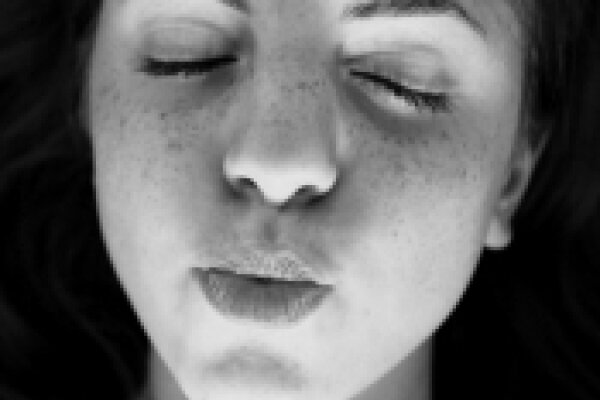2012-07-03

Previous studies from the Biopsychology lab in Bochum had shown that right head-turning preference could represent a developmental default that might influence the development of other lateralized behaviors - such as handedness - as a consequence of orienting vision towards the right side of the body. To document the role of visual experience in promoting lateralized functions, Biopsychologists from Hamburg and Bochum now assessed head-turning preference during kissing and handedness in a group of congenitally blind human adults. They found a left-side preference for head turning but a clear right-handedness in the same individuals. This unexpected asymmetric relationship has two important implications: First, the fact that absence of developmental visual experience alters the typical right head-turning pattern suggests that this motor bias is greatly affected by sensory input. Second, the study shows that visual deprivation only alters head-turn but leaves other asymmetries like handedness unaffected). The fact that experience only selectively shapes the direction of some functional asymmetries suggests that different kinds of left-right biases are organized differently. Finally it remains to be explained why blindness leads to a reversal of head-turning asymmetry. Presently only speculations can be offered. A hint to what could possibly influence such reversal comes from observation of common patterns of behavior in most blind individuals. Blind individuals tend to keep their cane in their dominant (mostly right) hand, while holding the upper right arm or the right shoulder of their guide with their left hand, so that the interlocutor is kept on the left side. Indeed, all participants of the present study used a cane daily and reported keeping it in their right hand. This particular behavior could foster selective orienting and head turning towards the left side.

Previous studies from the Biopsychology lab in Bochum had shown that right head-turning preference could represent a developmental default that might influence the development of other lateralized behaviors - such as handedness - as a consequence of orienting vision towards the right side of the body. To document the role of visual experience in promoting lateralized functions, Biopsychologists from Hamburg and Bochum now assessed head-turning preference during kissing and handedness in a group of congenitally blind human adults. They found a left-side preference for head turning but a clear right-handedness in the same individuals. This unexpected asymmetric relationship has two important implications: First, the fact that absence of developmental visual experience alters the typical right head-turning pattern suggests that this motor bias is greatly affected by sensory input. Second, the study shows that visual deprivation only alters head-turn but leaves other asymmetries like handedness unaffected). The fact that experience only selectively shapes the direction of some functional asymmetries suggests that different kinds of left-right biases are organized differently. Finally it remains to be explained why blindness leads to a reversal of head-turning asymmetry. Presently only speculations can be offered. A hint to what could possibly influence such reversal comes from observation of common patterns of behavior in most blind individuals. Blind individuals tend to keep their cane in their dominant (mostly right) hand, while holding the upper right arm or the right shoulder of their guide with their left hand, so that the interlocutor is kept on the left side. Indeed, all participants of the present study used a cane daily and reported keeping it in their right hand. This particular behavior could foster selective orienting and head turning towards the left side.